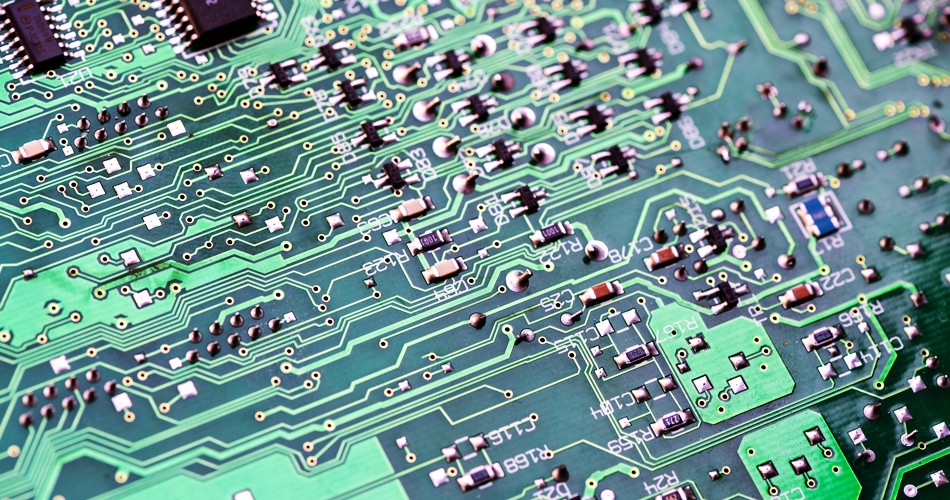- English
- Español
- Português
- русский
- Français
- 日本語
- Deutsch
- tiếng Việt
- Italiano
- Nederlands
- ภาษาไทย
- Polski
- 한국어
- Svenska
- magyar
- Malay
- বাংলা ভাষার
- Dansk
- Suomi
- हिन्दी
- Pilipino
- Türkçe
- Gaeilge
- العربية
- Indonesia
- Norsk
- تمل
- český
- ελληνικά
- український
- Javanese
- فارسی
- தமிழ்
- తెలుగు
- नेपाली
- Burmese
- български
- ລາວ
- Latine
- Қазақша
- Euskal
- Azərbaycan
- Slovenský jazyk
- Македонски
- Lietuvos
- Eesti Keel
- Română
- Slovenski
- मराठी
- Srpski језик
SMT technology and process parameters in PCBA processing
2024-03-18
Surface Mount Technology (SMT) is very important in PCBA processing because it allows electronic components to be mounted directly on the printed circuit board (PCB), providing an efficient assembly method. Here is some key information about SMT technology and process parameters:

SMT Technology Overview:
1. Component type:
SMT can be used to mount various types of electronic components, including surface mount devices, diodes, transistors, capacitors, resistors, integrated circuits, and microchips.
2. Soldering method:
Commonly used soldering methods in SMT include hot air soldering, reflow soldering and wave soldering during PCBA manufacturing process.
3. Automated assembly:
SMT is often part of automated assembly, utilizing automated placement machines, reflow ovens, and other equipment to efficiently mount and solder components.
4. Accuracy and speed:
SMT has the characteristics of high precision and high speed, and can complete the assembly of a large number of components in a short time.
SMT Process Parameters:
1. Soldering temperature:
The temperature of reflow soldering or hot air soldering is a key parameter. Typically, the temperature is controlled based on the requirements of the soldering material during PCBA manufacture.
2. Reflow oven configuration:
To select an appropriate reflow oven, consider parameters such as conveyor speed, heating zone, preheating zone, and cooling zone.
3. Soldering time:
Determine the soldering time to ensure that the components and PCB are soldered firmly without damage.
4. Soldering flux:
Choose the right solder to facilitate the soldering process and improve solder joint quality.
5. Component positioning accuracy:
The accuracy of the automatic placement machine is key to ensuring that components are placed correctly on the PCB to guarantee the PCBA quality.
6. Glue and glue dispersion:
If you need to use glue to secure the components, make sure the glue is evenly applied and accurately positioned.
7. Thermal management:
Control the temperature and speed of the reflow oven to prevent overheating or cooling during PCBA processing.
8. Package type:
Choose the appropriate SMT package type, such as QFP, BGA, SOP, SOIC, etc., to meet design needs.
9. Detection and verification:
Quality inspection and verification are implemented during the SMT process to ensure that each component is installed and soldered correctly.
10. ESD protection:
Be sure to take electrostatic discharge (ESD) protection measures on your SMT workstation to prevent components from being damaged by static electricity.
11. Material management:
Properly store and manage SMT components and soldering materials to prevent components from absorbing moisture or becoming contaminated.
12. PCB design:
Optimize PCB design to accommodate the SMT process, including proper component spacing, mounting orientation and pad design.
The correct selection and control of SMT technology and process parameters is crucial to ensuring the quality and reliability of PCBA. During the design and manufacturing process, ensure compliance with industry standards and best practices for optimal SMT results.
-
Delivery Service






-
Payment Options









